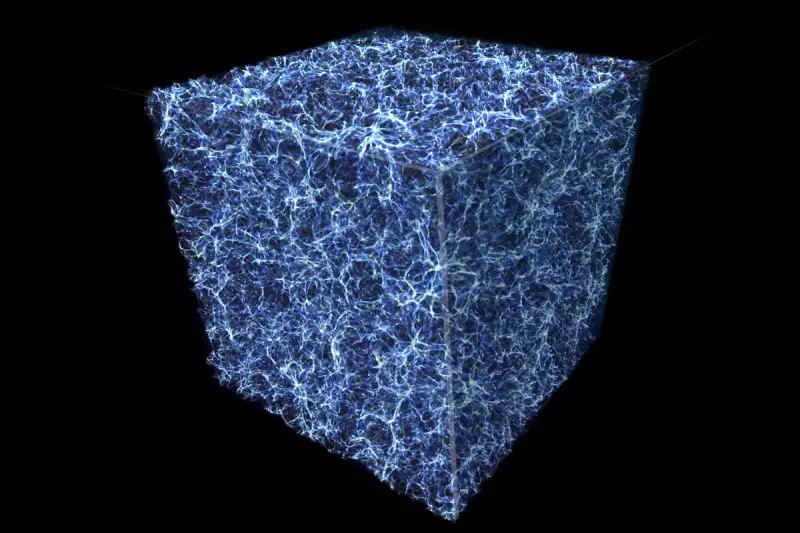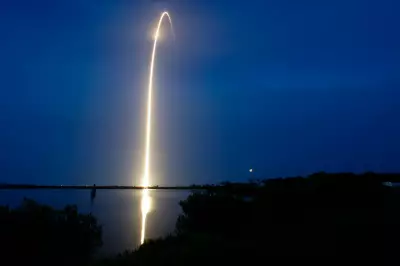
Astronomers have uncovered a colossal cosmic void just 1 billion light-years from Earth, challenging long-held theories about the universe's structure and evolution. This immense empty region, spanning 2 billion light-years, stands as one of the largest structures ever detected in space.
A Cosmic Mystery on Our Doorstep
The newly discovered void, named KBC after its discoverers Keenan, Barger and Cowie, presents a significant puzzle for astrophysicists. Its existence contradicts standard models of cosmic evolution that predict matter should be distributed more evenly throughout space.
Challenging the Standard Model
This extraordinary finding adds fuel to the ongoing debate about the "Hubble tension" - the discrepancy between different measurements of the universe's expansion rate. The void's presence suggests our local region of space might be less dense than previously thought, potentially explaining why measurements of cosmic expansion vary depending on where astronomers look.
Implications for Cosmology
The discovery has far-reaching consequences for our understanding of the cosmos:
- Questions current theories about matter distribution in the universe
- May help resolve the Hubble tension controversy
- Suggests our cosmic neighborhood might be unusual
- Could lead to revisions in how we measure cosmic expansion
As researchers continue to study this remarkable void, it promises to reshape our comprehension of the universe's large-scale structure and evolution.





